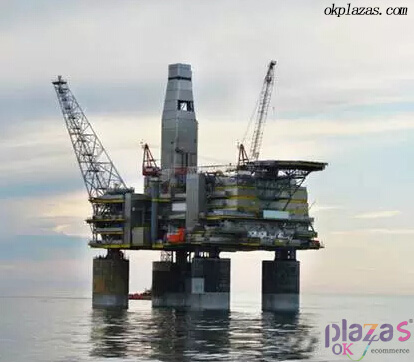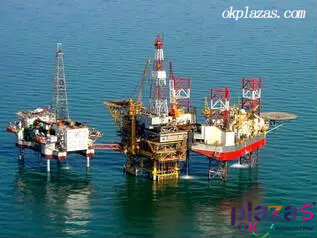Danaher explosion-proof encoder knowledge collection
Danaher explosion-proof encoder knowledge collection
Working environment of explosion-proof encoder
Explosion-proof encoders are generally divided into several types, including magnetic incremental type, photoelectric incremental type, photoelectric absolute value type and so on. The requirements for explosion-proof encoders are very strict, such as various explosion-proof occasions and anti-corrosion environments. Many production sites will produce certain flammable substances. Explosive substances exist in about two-thirds of underground coal mines; in the petrochemical industry, explosive substances, such as oxygen and sparks, exist in more than 80% of the production workshop area. When the mixed concentration of explosive substances and oxygen is within the explosive limit, if there is an explosion source, an explosion will occur. Therefore, the explosion-proof of the encoder is very necessary.
Applicable occasions of explosion-proof encoder
At present, industries that require explosion-proof encoders include petrochemicals, metallurgy, coal mining, papermaking, and automated logistics systems with dust factories.


Some parameter characteristics of explosion-proof absolute encoder
Explosion-proof encoders are divided into: single-turn, multi-turn
Explosion-proof encoder outlet methods are divided into: side outlet, rear outlet
Explosion-proof encoders are divided into: shaft, blind hole, through hole
Explosion-proof encoder protection is divided into: IP54-68
The accuracy of the explosion-proof encoder is divided into: single-turn accuracy and multi-turn accuracy, which add up to the total accuracy, which is the usual number of bits (conventional 24 bits, 25 bits, 30 bits, 32 bits, etc.)
Explosion-proof encoder communication protocol baud rate: 4800~115200 bit/s, the default is 9600 bit/s. Refresh cycle is about 1.5ms





